How To Hook Up A Projector?
Setting up a projector can seem like a daunting task, especially if you are doing it for the first time. However, with the right guidance and a bit of patience, you can easily transform your living room, office, or classroom into a mini-theater or presentation space. This article will walk you through the essential steps to hook up a projector, ensuring you get the best possible experience from your device.
Step 1: Choose the Right Location
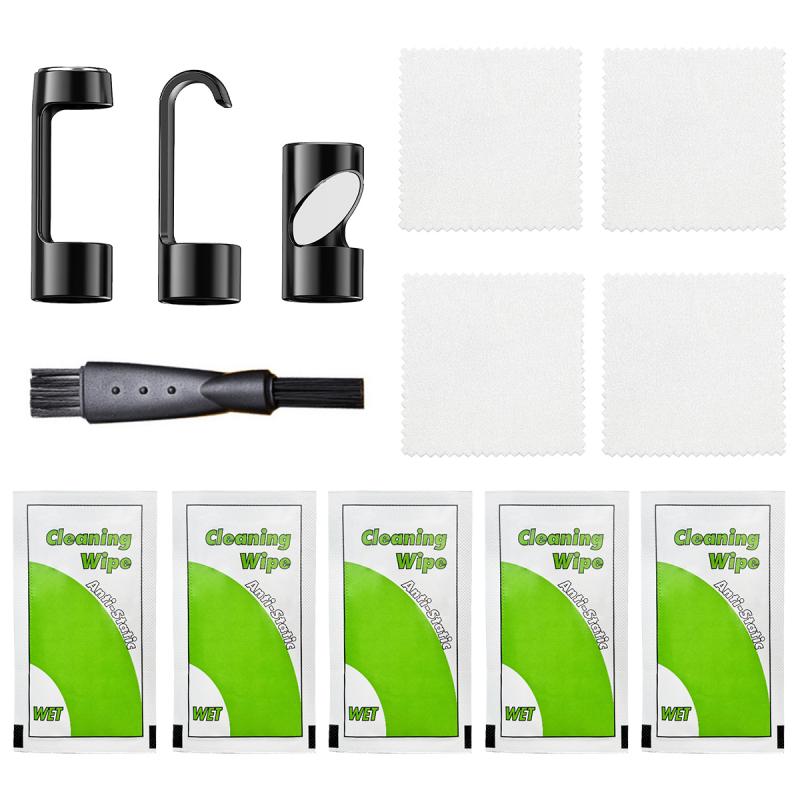
The first step in setting up your projector is selecting the right location. The placement of your projector will significantly impact the quality of the image and the overall viewing experience. Here are some factors to consider:
- Screen Size and Distance: Determine the size of the screen or wall where you will project the image. Measure the distance from the projector to the screen to ensure it fits within the projector's throw distance range.
- Room Lighting: Choose a location where you can control the lighting. Too much ambient light can wash out the image, making it difficult to see.
- Mounting Options: Decide whether you will place the projector on a table, shelf, or mount it on the ceiling. Ceiling mounts are ideal for permanent setups, while table or shelf placements offer more flexibility.
Step 2: Set Up the Screen
If you are using a projector screen, set it up according to the manufacturer's instructions. Ensure the screen is flat and free of wrinkles for the best image quality. If you are projecting onto a wall, make sure it is smooth and painted with a neutral color, preferably white or light gray.
Step 3: Connect the Projector to a Power Source
Plug the projector into a power outlet using the provided power cable. Ensure the power source is stable and reliable to avoid interruptions during use.
Step 4: Connect the Video Source
The next step is to connect your video source to the projector. This could be a laptop, desktop computer, DVD/Blu-ray player, gaming console, or streaming device. Most projectors come with multiple input options, including HDMI, VGA, USB, and composite video. Here’s how to connect different devices:
- HDMI: This is the most common and straightforward connection. Simply plug one end of the HDMI cable into the projector and the other end into your video source.
- VGA: If you are using an older computer or device, you might need a VGA cable. Connect the VGA cable to the VGA port on both the projector and the video source.
- USB: Some projectors allow you to connect a USB drive directly to play media files. Insert the USB drive into the projector’s USB port.
- Composite Video: For older devices like VCRs, use the composite video cables (usually red, white, and yellow). Match the colors of the cables to the corresponding ports on the projector and the video source.
Step 5: Turn On the Projector and Video Source
Once all connections are secure, turn on the projector and the video source. Most projectors have a power button on the top or side. The video source should automatically detect the projector, but if it doesn’t, you may need to select the correct input source on the projector using the remote control or the buttons on the projector itself.
Step 6: Adjust the Image
After turning on the projector, you may need to adjust the image to fit the screen properly. Here are some common adjustments:
- Focus: Use the focus ring or lever on the projector to sharpen the image.
- Zoom: If your projector has a zoom function, adjust it to fit the image to the screen size.
- Keystone Correction: This feature helps correct any distortion if the projector is not perfectly aligned with the screen. Most projectors have manual or automatic keystone correction.
- Lens Shift: Some high-end projectors offer lens shift, allowing you to move the lens horizontally or vertically without moving the projector.
Step 7: Configure the Settings
Access the projector’s menu to configure additional settings for optimal performance. Here are some settings you might want to adjust:
- Brightness and Contrast: Adjust these settings to get the best image quality based on your room’s lighting conditions.
- Color Mode: Choose a color mode that suits your content. For example, some projectors have modes like Cinema, Game, or Presentation.
- Aspect Ratio: Set the aspect ratio to match your content. Common options include 16:9 for widescreen and 4:3 for standard definition.
Step 8: Connect Audio
If your projector has built-in speakers, you can use them for audio. However, for a better audio experience, consider connecting external speakers or a sound system. Here’s how:
- 3.5mm Audio Jack: Connect a 3.5mm audio cable from the projector’s audio-out port to your external speakers.
- Bluetooth: Some projectors support Bluetooth connectivity. Pair your Bluetooth speakers with the projector for wireless audio.
- HDMI ARC: If your projector and sound system support HDMI ARC (Audio Return Channel), you can use an HDMI cable to transmit audio.
Step 9: Test the Setup
Play a video or presentation to test the setup. Check the image quality, audio, and overall performance. Make any necessary adjustments to ensure everything is working correctly.
Step 10: Maintenance and Troubleshooting
To keep your projector in good condition, follow these maintenance tips:
- Clean the Lens: Dust and fingerprints can affect image quality. Use a soft, lint-free cloth to clean the lens regularly.
- Replace the Lamp: Projector lamps have a limited lifespan. Check the lamp hours in the projector’s menu and replace the lamp when needed.
- Ventilation: Ensure the projector has adequate ventilation to prevent overheating. Clean the air filters periodically.
If you encounter any issues, refer to the projector’s user manual for troubleshooting tips. Common problems include no signal, poor image quality, and overheating.
Setting up a projector may seem complex, but by following these steps, you can ensure a smooth and successful installation. Whether you are using it for home entertainment, business presentations, or educational purposes, a properly set up projector can provide a fantastic viewing experience. Remember to choose the right location, make the necessary connections, adjust the settings, and perform regular maintenance to keep your projector running smoothly. With a bit of practice, you’ll become a pro at setting up and using your projector.


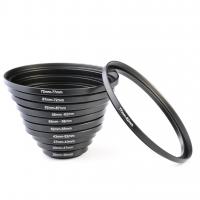
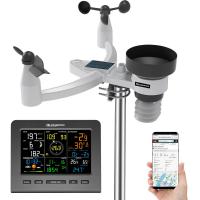
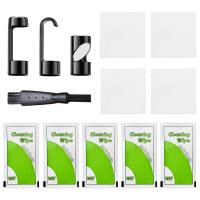
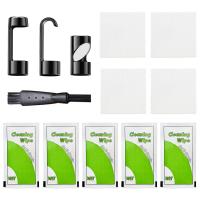
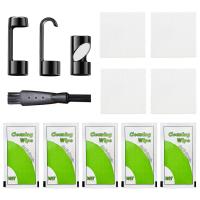




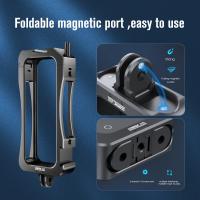
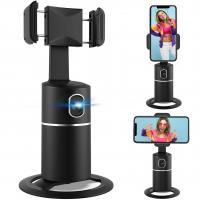

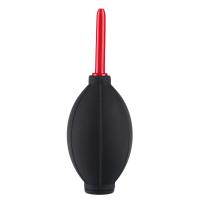
There are no comments for this blog.